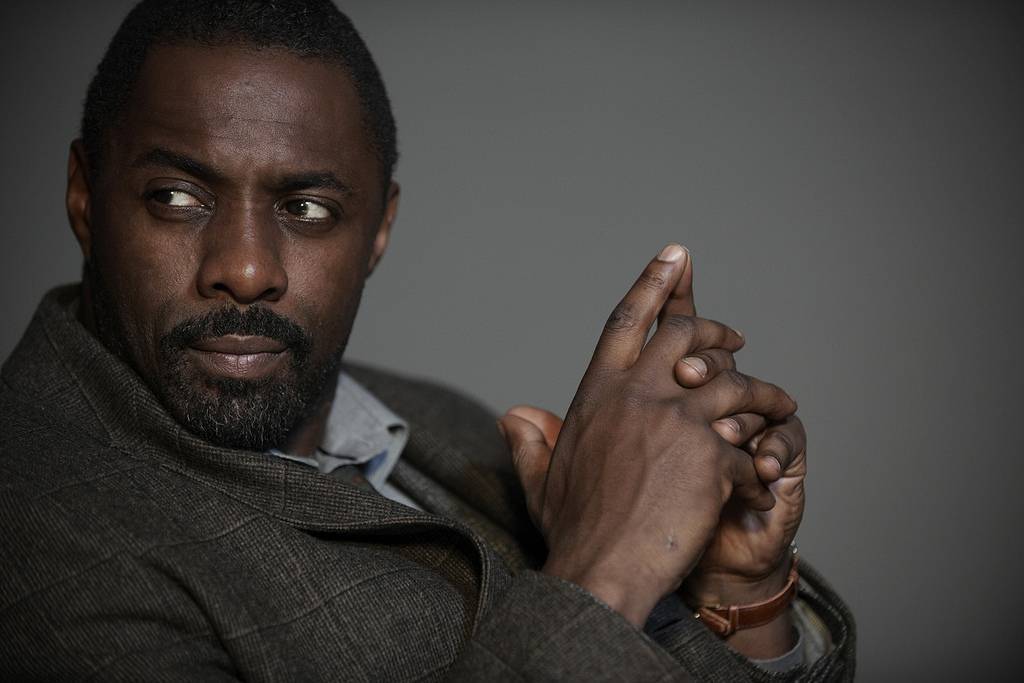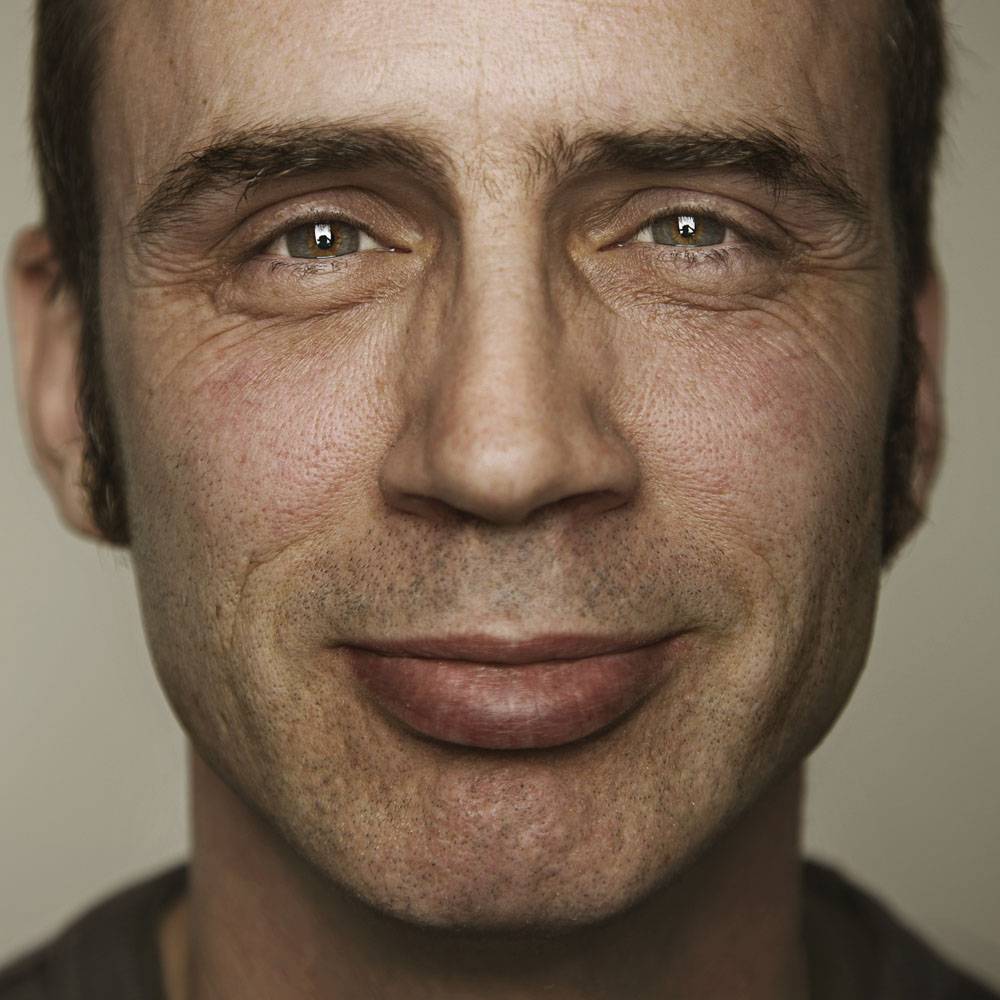Over the years, scientists have established several ways we judge people based on their looks and they have done it despite any correlation to reality.
“We form these immediate impressions of people — we just can’t help it,” Alexander Todorov, a psychology professor at Princeton University, told Business Insider.
Todorov conducted lab test which responded to computer-generated faces linked to attractiveness, trustworthiness, competence and more.
According to Todorov, these impression are inaccurate. We judge people based on our biases where we associate behavior with looks and Todorov believes it to essential that we understand faces correctly without stereotypes.
Attractive People

Emily Blunt
When meeting an attractive person the first time, or simply just looking at them, we instantly assume that they are good people. This includes our judgement of them being more intelligent and trustworthy.
This has a lot to do with the fact that we are from childhood taught that beauty is associated with how the person looks, according to a study. Hence, our judgement automatically links to good-looking being more competent.
Baby Face

Gigi Hadid
When we look at a baby-face we instantly link it to physically weakness, naivety, submissiveness and honesty. This face is often classified as one that has larger eyes, a rounder face and a larger ratio of cranium to chin as Torodov’s study found.
Old Face

Susan Sarandon
An older appearance is judged to be more distinguished, intelligent, wise and determined as Torodov cites.
Dark Skinned Masculine

Idris Elba
In Torodov’s experiment at Princeton, Torodov asked participants to rate in computer-generated faces in terms of their competence. It was noted that faces that were dark skinned, masculine and attractive, were highly rated to be competent.
Smiley Face

Ashley Graham
We know she has a beautiful smile and that is why you trust her. In Torodov’s research the more feminine and smiley the faces were generated to be, the more trustworthy they were found to be.
Other Findings
Faces that had an angry expression and were masculine, were found to be threatening while participants who found some resemblance in the faces in question, they were perceived to be more trustworthy.
Now, Todorov argues that we tend to imagine false notions about people based on how they look while it would be better to understand human behavior based on conversation and patience of getting to know the person.
Please ‘Share’ If You Relate To This














